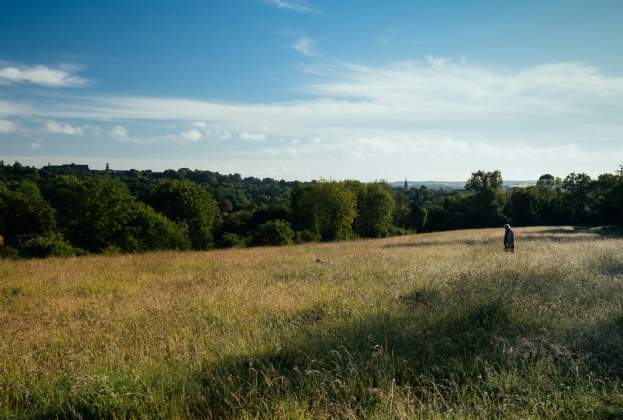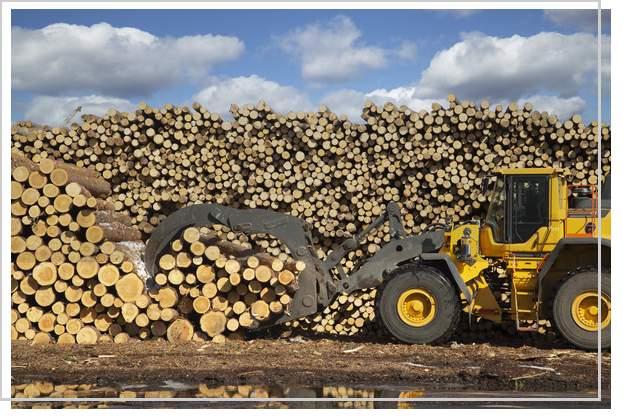The greatest potential for growth is in less developed economies. Much of Asia has already seen real estate asset price growth alongside the region’s rise of per-head GDP. But Africa appears to have the greatest potential yet for value growth as national economies and household incomes increase. The Middle East & Africa region currently contains 19 per cent of the world population, but residential property on that continent is only worth 6 per cent of the global total.
Because most of the world’s households are homeowners, we estimate that only 34 per cent of all world residential property is ‘investable’ – actually capable of being let to occupants and traded between investors.
The proportion of global commercial property that is investable is 67 per cent. That’s higher than residential but, even in this sector, there are a large number of individuals, companies and organisations that own and occupy their own buildings.
The greatest real estate asset price growth has been in the commercial sector, which stands 7 per cent higher than it did last year. Commercial real estate value totals US$32.3 trillion, of which US$21.8 trillion is classed as investable.
Agricultural land, farms, estates and forestry total US$27.2 trillion – an increase of 7 per cent on last year’s figure. Even in this sector, 30 per cent of land by value is operated or farmed without third-party investors.There’s scope for more land to be brought into agricultural production in future, increasing the size of the asset class. Much of this expansion will be through infrastructure projects in developing countries built to enable produce to reach market. Once again, sub-Saharan Africa offers great potential for growth.
The changing role of real estate
The role of real estate across the world is changing. It is the globe’s most important asset class and accounts for a significant proportion of personal and household wealth in developed economies. Along with other assets such as commodities, equities and bonds, it has increased significantly in value since the global financial crisis of 2008, spurred on by the intervention of central banks and their suppression of gilt yields.
Now that yields have little room to shift further downward, the scope for capital growth becomes more limited and dependent on rental growth happening first. This means that the income-generating capabilities of real estate have become more important and currently look attractive in many markets compared to local interest rates.
The investing world’s shift of emphasis to a search for income has arguably changed the status of real estate as an asset class. Its qualities of being a tangible, real-world asset capable of development, management and change has always put it in a special investment category but, in the past, its illiquidity and ‘lumpiness’ have been seen by some investors as adding to risk. We think the nature of real estate risk has changed in the new investing environment. The characteristics of real estate have a new value in the global hunt for long-term income.
Further information
Visit Savills World Research
.png)
.jpg)
.jpg)
.jpg)
.png)
.jpg)
.jpg)




(1).jpg)
.jpg)
